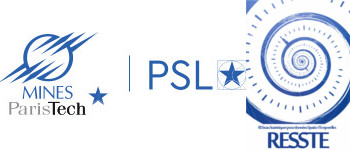The challenges of climate change force industrials to carefully analyze the resilience of their assets to anticipate future weather conditions. In particular, the estimation of future extreme hydrometeorological events, like the frequency of long-lasting dry spells, is critical for hydropower or nuclear generation. Stochastic Weather Generators (SWG) are essential tools to determine these future risks, as they can quickly sample climate statistics from models. They can be either trained on historical data or from simulated data like expert climate change scenarios.
In our work, the SWG described and validated with France historical data is based on a spatial Hidden Markov Model (HMM). It generates correlated multisite rain occurrences and amounts, with special attention to the correct reproduction of the distribution of dry and wet spells. The hidden states are viewed as global climate states, e.g., dry all over France, rainy in the north, etc. To reproduce the seasonality and bypass the small data number, the daily estimated HMM parameters are smoothened. The resulting model is fully interpretable and achieves very good performance, specifically in terms of extremes, where for example, statistics of drought at the scale of France are well replicated. The model architecture allows easy integration of other weather variables like temperature. All these properties are essential to quantify accurately the risks of climate change.

 PDF version
PDF version
